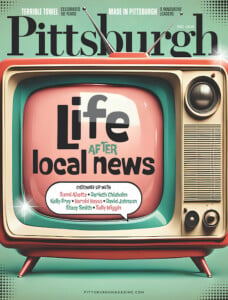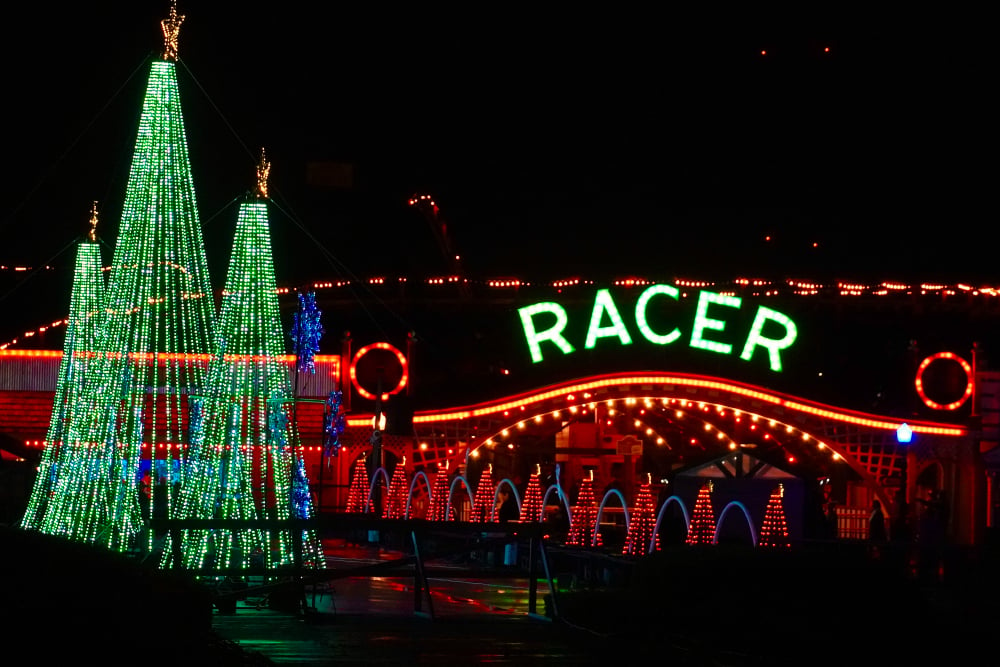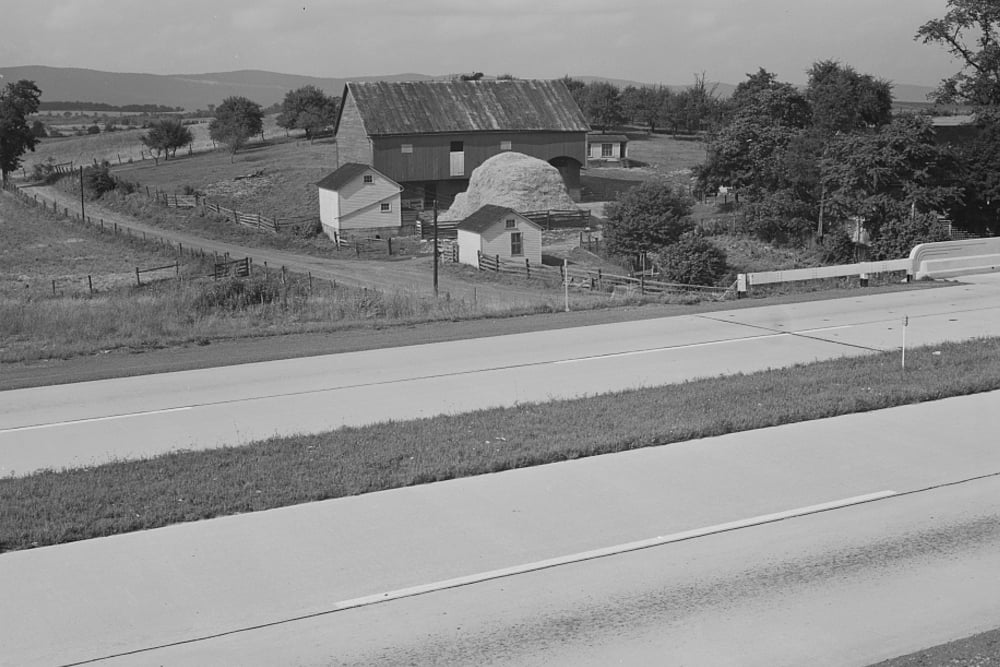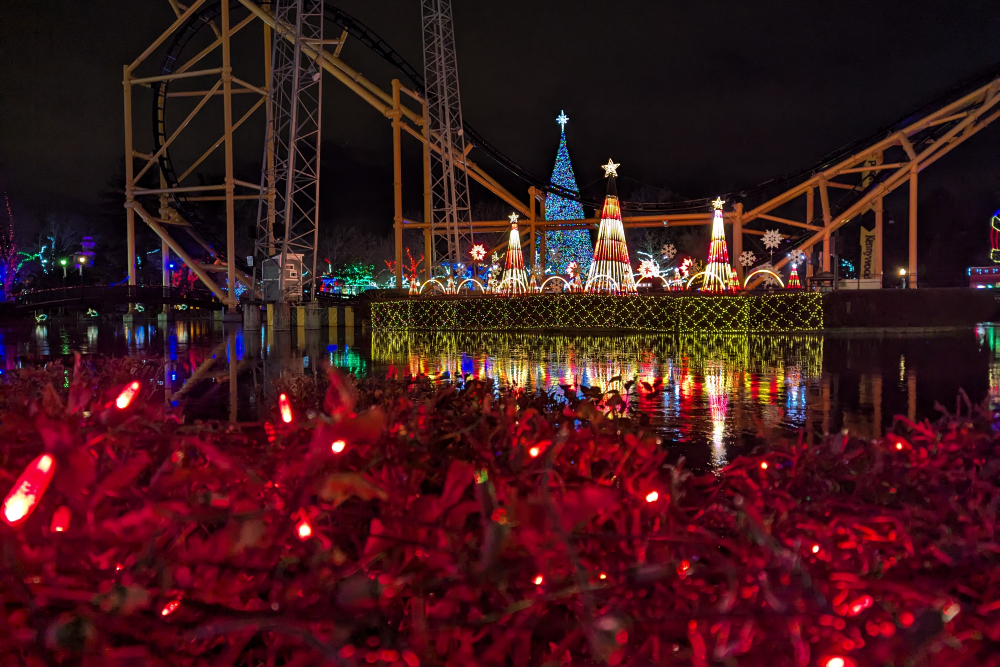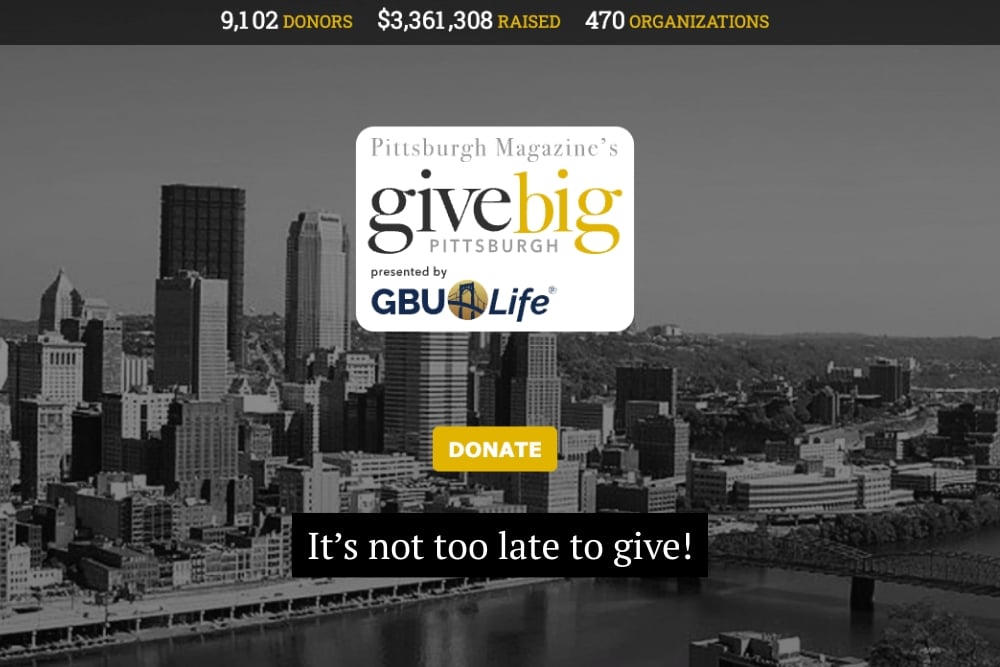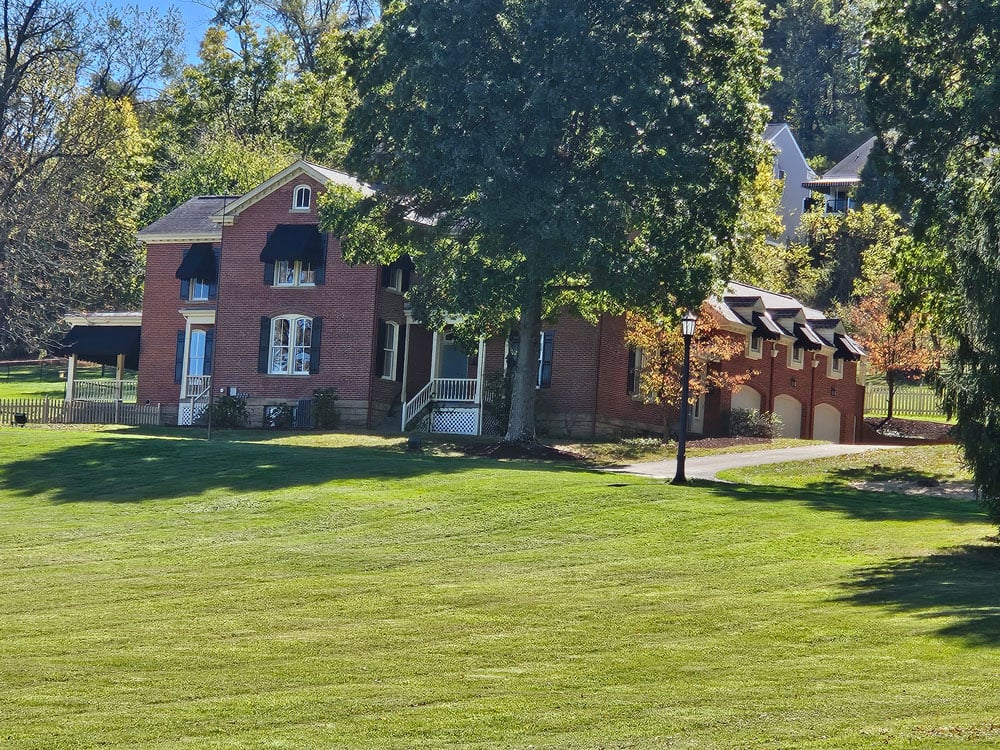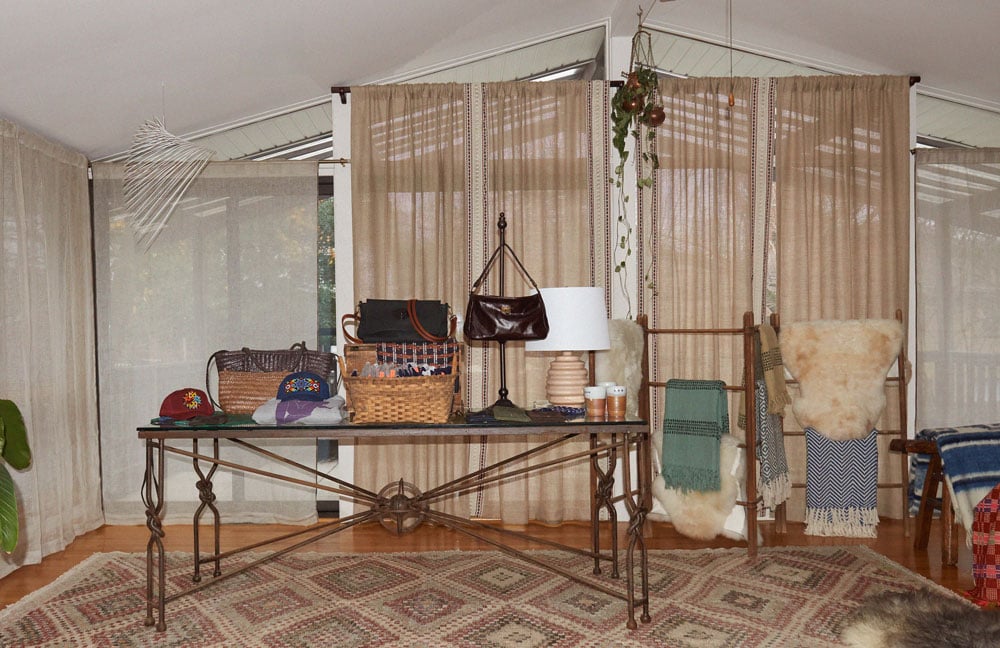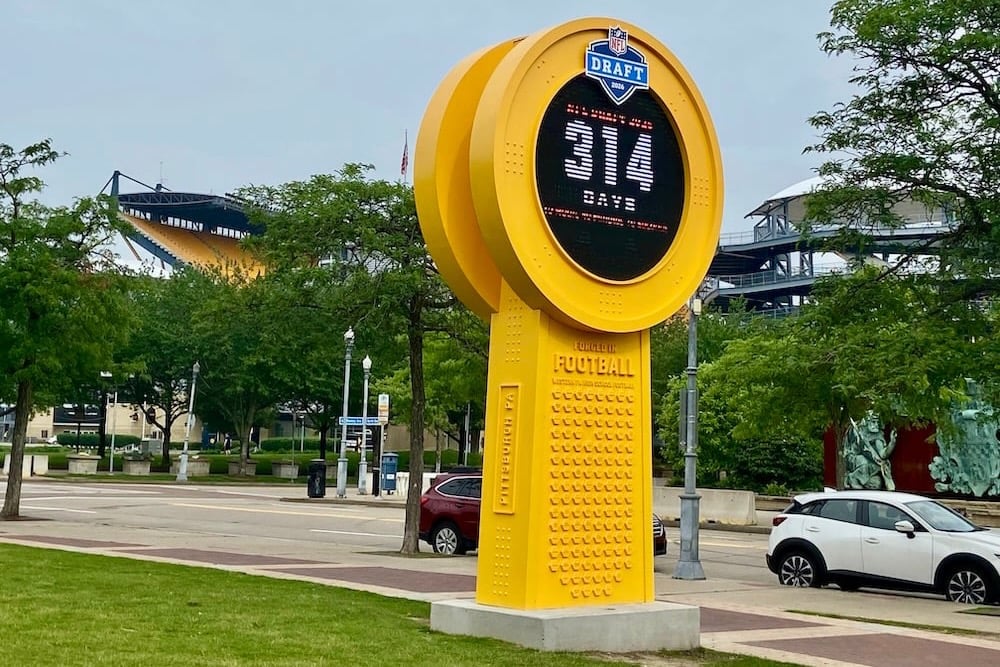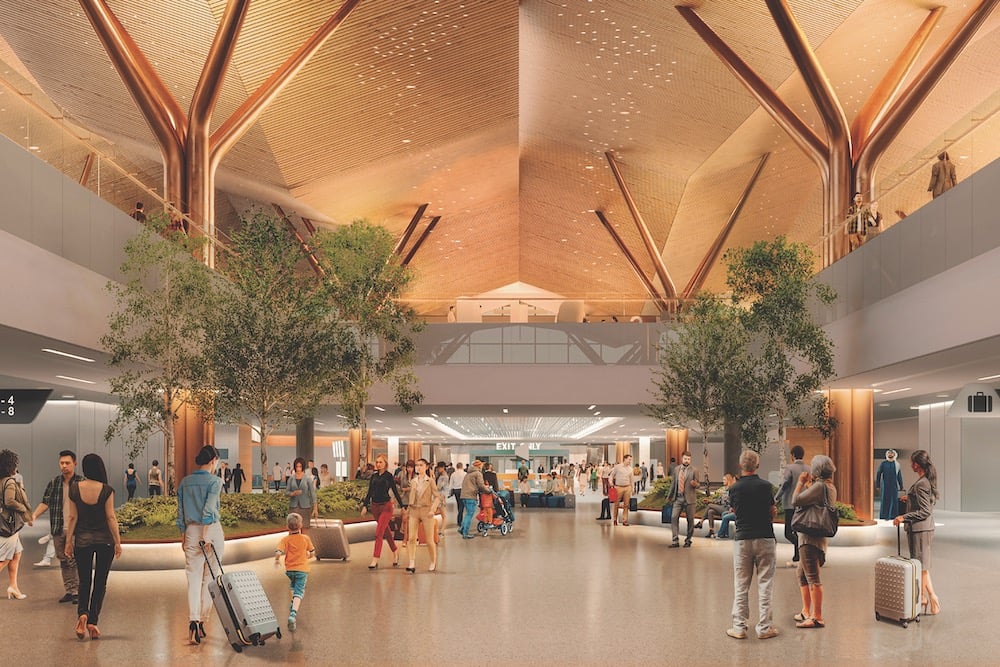Collier’s Weekly: It’s Time to Admit That We’re Bad Drivers
Pittsburghers are good at a great many things, but we don’t always do well on the road.
A few weeks ago, I took a trip to the Baltimore/D.C. area. Right away, I noticed that the drivers in that part of the country are deeply irritating.
They have a horrible habit of trying to overtake you at all times, even when there’s no room to do so. Traffic is worsened by drivers constantly trying to pass, for no clear purpose, on crowded highways. What’s more, drivers in the area — perhaps fed up with Beltway snarl — seem to regard any actual open road as an opportunity to drive at breakneck speeds.
Those drivers are bad.
Pittsburgh drivers are worse.
I’ve driven in many parts of the country, including quite a few notorious for rough roadways. I’ve learned to adjust my speed to match the lightning pace of traffic in New Jersey; I’ve adapted to the devil-may-care recklessness of drivers in Florida. I’ve dealt with rush-hour traffic in Manhattan, where it can take an hour to advance a couple of blocks. I’ve even tooled around Texas, darting out of the way of giant pickup trucks somehow taking up multiple lanes on a sprawling blacktop.
And, for my money, all of these challenges are easier to deal with than the day-to-day behavior of drivers in Pittsburgh.
Here, we have an apparent allergy to remaining within established lanes. We slow down, often suddenly and dangerously, at every provocation; it’s as though anything other than a clear, straight road ahead warrants stopping to consider the situation (tricky, since this city has absolutely no clear, straight roads). We do speed up in one situation, however — to unnecessarily close the gap between our car and the car ahead because we cannot abide any chance that someone might enter our lane and get where they’re going a split-second before we do.
Atop Green Tree Hill, a perpetual traffic jam exists simply because we’re unwilling to maintain our speed while ascending a hill. There is no obstruction or particularly tricky lane change up there; we just slow down because the car is pointed slightly up. When a harmless flurry falls, we crawl along the road as if we’re driving across a frozen lake; when a serious rainstorm reduces visibility and creates slick conditions, we routinely fail to adjust in any meaningful way.
The best evidence of this curious blend of automotive apprehension and overdefensiveness is, of course, our famous tendency to slow down while entering a tunnel. Contrary to the belief of defensive locals, this is not a universal phenomenon. I asked a friend from New Jersey how drivers there respond to tunnels; they speed up, I was told, since there’s no chance of a hidden police car inside a tunnel.
Here, however, we hit the brakes when we see the mouth of a tunnel ahead. We like to act like this is a phenomenon without an explanation, but the reason is simple: Pittsburgh drivers don’t like to remain in their own lane. If you leave a lane in a tunnel, you hit a wall.
All those drivers approaching the Squirrel Hill Tunnel are slowing down because they know they have to actually follow the rules of the road for a mile — and don’t think they can manage it.
Is there a solution to this? Do we need to shut down the town for a week to go back to driver’s ed? Do we need to outlaw automotive traffic from entering … Allegheny County in general?
The first step is, of course, admitting we have a problem. Pittsburghers like to pretend that the driving conditions around these parts are a result of the topography and infrastructure. All those hills! All those bizarre intersections! Of course it’s tough to get around! This is, of course, an excuse; there are plenty of places with bizarre traffic patterns. (Ever been to Philly?)
We need to be honest with ourselves: You, me and everyone else in the neighborhood is a mediocre driver, at best. It’s a matter of well-established bad habits: We tend to drift out of our lane and onto the shoulder on curves. We neglect to maintain speed up hills and into tunnels. We panic and slam on the brakes.
The solution, then, is simply to recognize this and pay more attention. Drive not as though these behaviors are natural or forgivable; get behind the wheel thinking that you’re going to try to do a good job today. You don’t need to drive like you’re trying to make record time on the Jersey Turnpike — you just need to act like your high-school driving instructor is in the backseat and you want to show them that you remember a thing or two.
And, for Pete’s sake, leave space between you and the car in front of you when you’re on the highway. Fun fact: The more tightly cars crowd together, the more traffic backs up behind them. You’re not just tailgating, you’re making conditions worse. Leave a big ol’ gap between you and the next car. I promise you’re not going to miss dinner because you got to your exit two seconds later than you might’ve.
